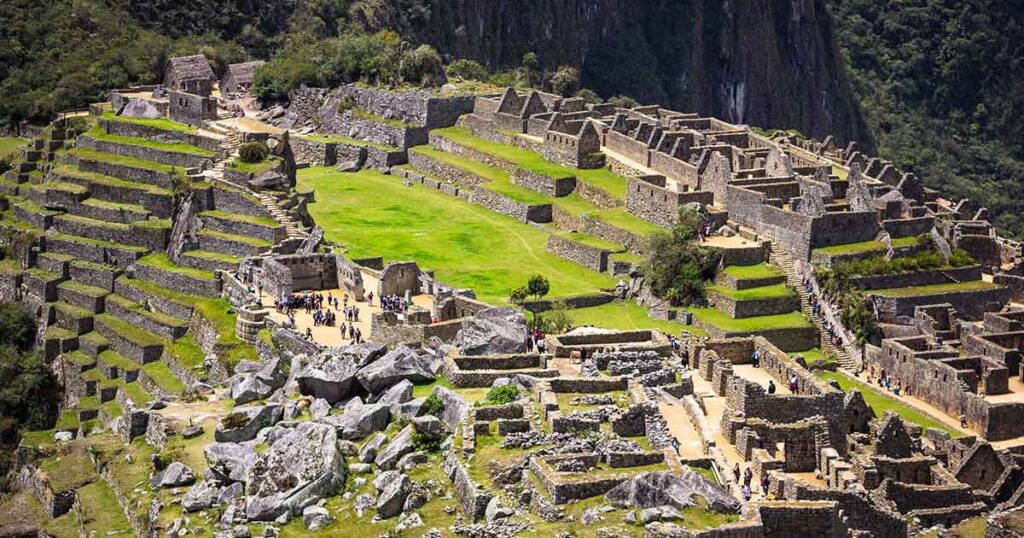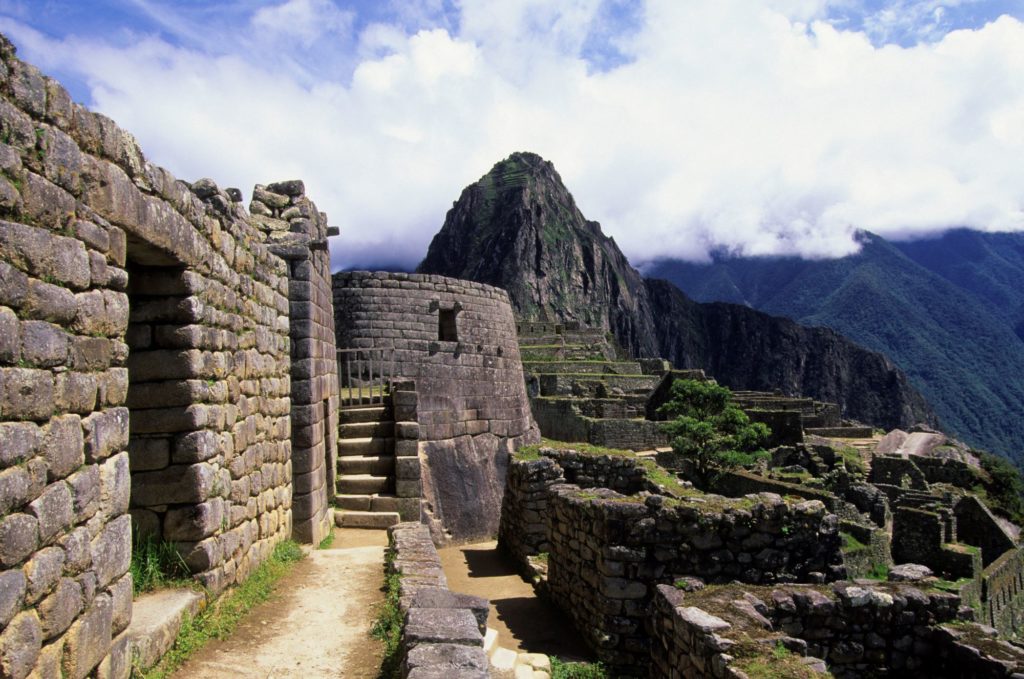Machu Picchu is an Inca Citadel found and established in the 15th century located in the Eastern Cordillera of Southern Peru. It’s further situated on a 7,970 ft mountain ridge. To look further into its location, it’s situated in the Machupicchu District in the Urubamba Province. The Urubamba River also flows through it. The river also enables the formation of a canyon.
The Incas really didn’t have a written language similar to the Mayans. It is believed that no European expeditions took place in Machu Picchu until the 19th century. Surprisingly, there’s not a single record of the whole site whilst it was a place of residence for people. No name of building can be found, its usage and its purpose. Everything we have on Inca is a service from contemporary archaeologists.
A majority part of the archaeologists believe that Machu Picchu was built as a capital city for the Incas emperor Pachacuti. The emperor Pachacuti was born in 1438 and demised in 1472. It can easily be said that this city is probably the most popular and iconic landmark of the Inca civilisation. Machu Picchu is also often referred to “The Lost City of Incas”. Incas built the city in somewhere around 1450 but they had to abandon it a whole century later due to the Spanish conquests. Some historical researches and studies also claim that the Incas used to call the city Huayna Picchu.

Why Machu Picchu Is Famous?
Machu Picchu was built with the quintessential Inca culture in mind. All walls were polished and dry and made up of stones. It is believed that the following three were the main structures of the estate; Temple of the Sun, Room of the Three Windows and the Intihuatana. Majority of the buildings are now revamped in order to give viewers a direct insight as to how they would’ve used to look like back in the day. In 1976, around 30% of the Machu Picchu was successfully reconstructed and revamped. The restoration process is in progress till date.

Machu Picchu was also entitled as a Peruvian Historic Sanctuary in 1981 and UNESCO World Heritage Site in 1983.
What Is Historical About Machu Picchu?
As we already mentioned earlier that Machu Picchu is situated on a 7,970 ft mountain ridge, it was an estate for the Inca leader. It held a royal stature in the world at that time because all Inca leaders and the emperor himself resided there. However, the whole Inca civilisation was destroyed due to the excessive Spanish attacks in the 16th century.
Facts About Machu Picchu
Machu Picchu has a strict “no fly zone”. In the 1970s and 80s, there occurred two occasions when the Peruvian government was bound to lift and remove the massive monolith stone from the land. At first it was to aid the helicopter of the Spanish king and queen on visit. The second time that happened was to conduct the meeting of Latin American leaders. As a result, due to consecutive removals, the stone was irreparably damaged and was removed permanently. This is the reason why there’s a no fly zone above Machu Picchu.
75% of the construction in Machu Picchu is original as of today. When the Spaniards led the conquest of Inca, they destroyed several ancient and scared buildings and temples of the Incas. Their intentions were to build Catholic churches on top and so they did. However, the primary reason as to why Machu Picchu is so well preserved is because the Spaniards were never actually able to locate it. This might’ve been due to its highly remote location. Yet there are some researches that claim that the Incas themselves abandoned the city and burned some of the infrastructure down. In todays world, 40% of Machu Picchu is original as it was hundreds of years ago and the rest is restored.
How Long Did It Take To Build Machu Picchu?
Machu Picchu was built as a royal state by the Incas for the emperor Pachacuti (1438-1471). It is believed that it took around 30 years in order for Machu Picchu to be successfully built.

